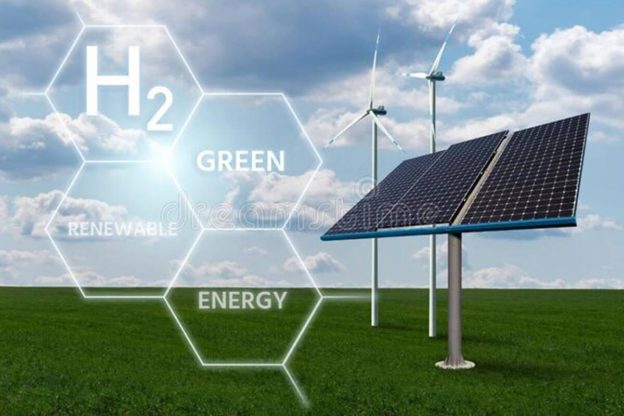For the energy transition to happen, the world needs massive grid overhauls. This message has been overlooked for years as wind and solar stole the limelight, but now it’s back on the agenda. Because no transition from baseload, dispatchable power generation to distributed, intermittent generation is possible without a massive grid overhaul.
Back in 2020, BloombergNEF estimated the cost of that overhaul at $14 trillion over the thirty years between 2020 and 2050. That’s how much it would cost to build the millions of miles of new transmission lines and associated infrastructure to accommodate the planned surge in wind and solar.
That was in 2020. Now, the price tag for the grid overhaul has risen to some $21 trillion, again, according to BloombergNEF. Because, to achieve net zero by 2050, the world would need to double the length of transmission lines in operation to 152 million km. And this basically means that, as things stand now, we have little chance of reaching net zero by 2050.
To begin with, the money for these massive investments in grid adaptation has to come from somewhere. It can’t all come from government subsidies: new transmission lines cost billions to build. Right now, there are three new electricity transmission projects underway in the United States with a combined price tag of $13 billion.
Then there is local opposition to such projects, which is making takeoff harder still. People don’t like transmission lines passing over their backyards, and that is that. They also don’t like forests having to be cleared for the new line. It’s NIMBY-ism at its best, and there is precious little anyone can do about it except hope it doesn’t progress to the BANANA state: build absolutely nothing anywhere near anything.
But suppose money can be found from environmentally concerned investors and governments, and suppose that NIMBY can be treated, perhaps financially. There is a bigger problem than either of these and both of them together. A skill shortage.
There are not enough linemen: the people who build and maintain transmission lines. In places such as Australia, there are not enough people to build the wind and solar installations that the transition to net zero would require. And the rate at which people are acquiring these transition-essential skills is lagging far behind transition plans, as the FT reported earlier this week.
Each of these challenges on their own can derail the transition because they would derail the vital upgrade of the grid. Taken together, they make the transition-at least as currently planned in the West-near impossible to accomplish.
But they are not the most immediate challenges, not to the transition but to our usual way of life. The most immediate challenge is power outages. That’s because, despite the need for a grid update and an adjustment to growing amounts of wind and solar power feeding into it, the balance between baseload and intermittent generation has been shifting in a way that makes the grid unstable.
Simply put, reliable, 24/7 power generation capacity is being retired faster than the grid is being adjusted for intermittent wind and solar-and faster than new wind and solar generation capacity are being built. To say that this is not exactly optimal for a healthy power supply is to put things mildly.
Compared to these challenges, permitting is small potatoes. Regulation can be changed if there is enough momentum driving that change. Yet small or not, permitting procedures are on the list of things preventing the energy transition from taking place in its most important part: the grid.
According to an April report from the Lawrence Berkeley National Laboratory, there are 1,300 GW of new wind, solar, and storage capacity waiting to be connected to the grid. Yet most of these will not get built at all. Because joining the interconnection queue is only the start of a process that takes years and does not always have a happy ending.
Per the report, “projects must also have agreements with landowners and communities, power purchasers, equipment suppliers, and financiers, and may face transmission upgrade requirements.”
On the surface, the energy transition seems so simple. We simply build a lot of wind turbines and a line up of a lot of solar panels, throw in a battery here and there and switch from gas heaters to heat pumps. We electrify everything we can electrify and discard the rest.
Below the surface, things look very different indeed. There are not enough raw materials to build all that wind and solar capacity, and batteries. There are not enough people to physically complete the buildout. There are not enough people to build the many new transmission lines. The money for all of these things has yet to be secured.
Until all of these problems are solved in a permanent way, net zero will remain a fantasy, and no amount of activism and investor pressure on companies to report their emissions would change this.
https://oilprice.com/Energy/Energy-General/The-Grid-Needs-A-20-Trillion-Upgrade-To-Support-Energy-Transition.amp.html





